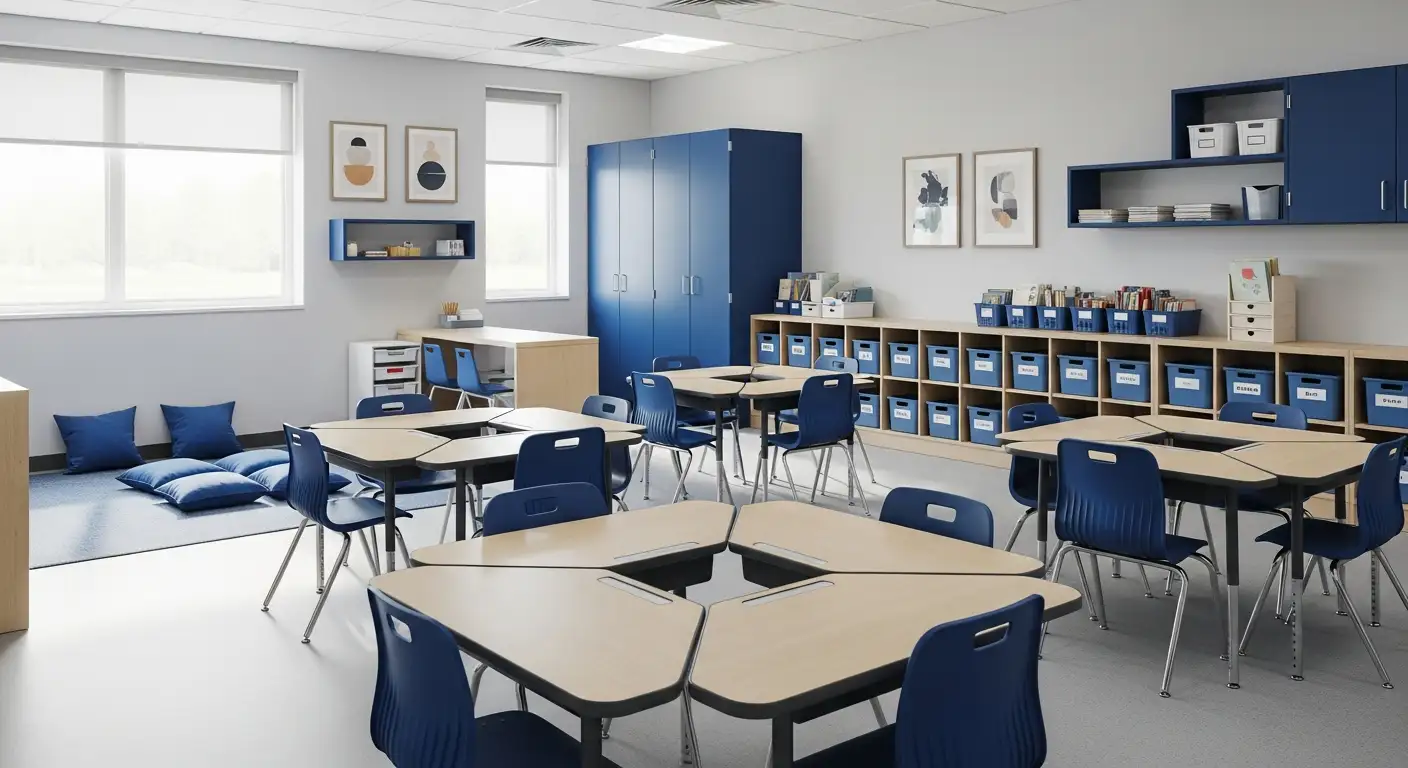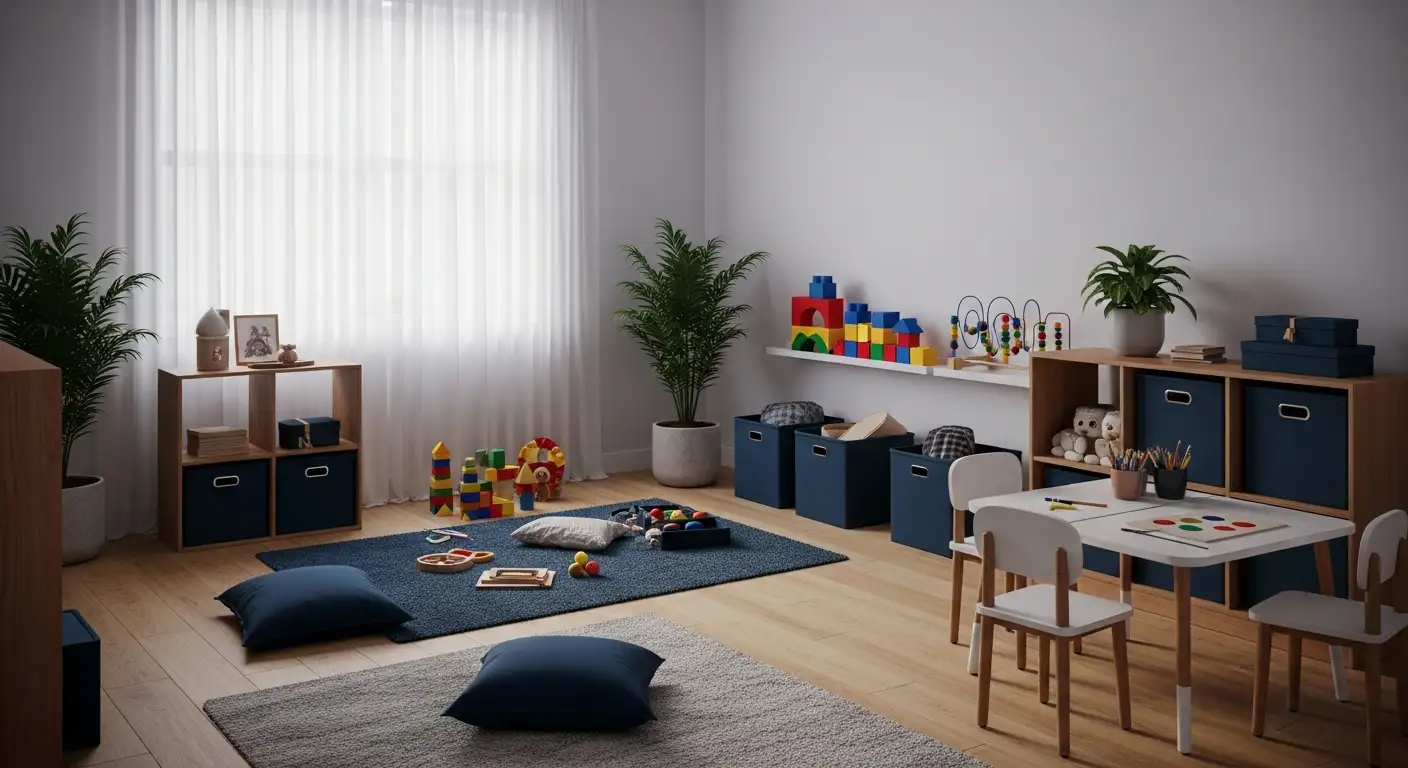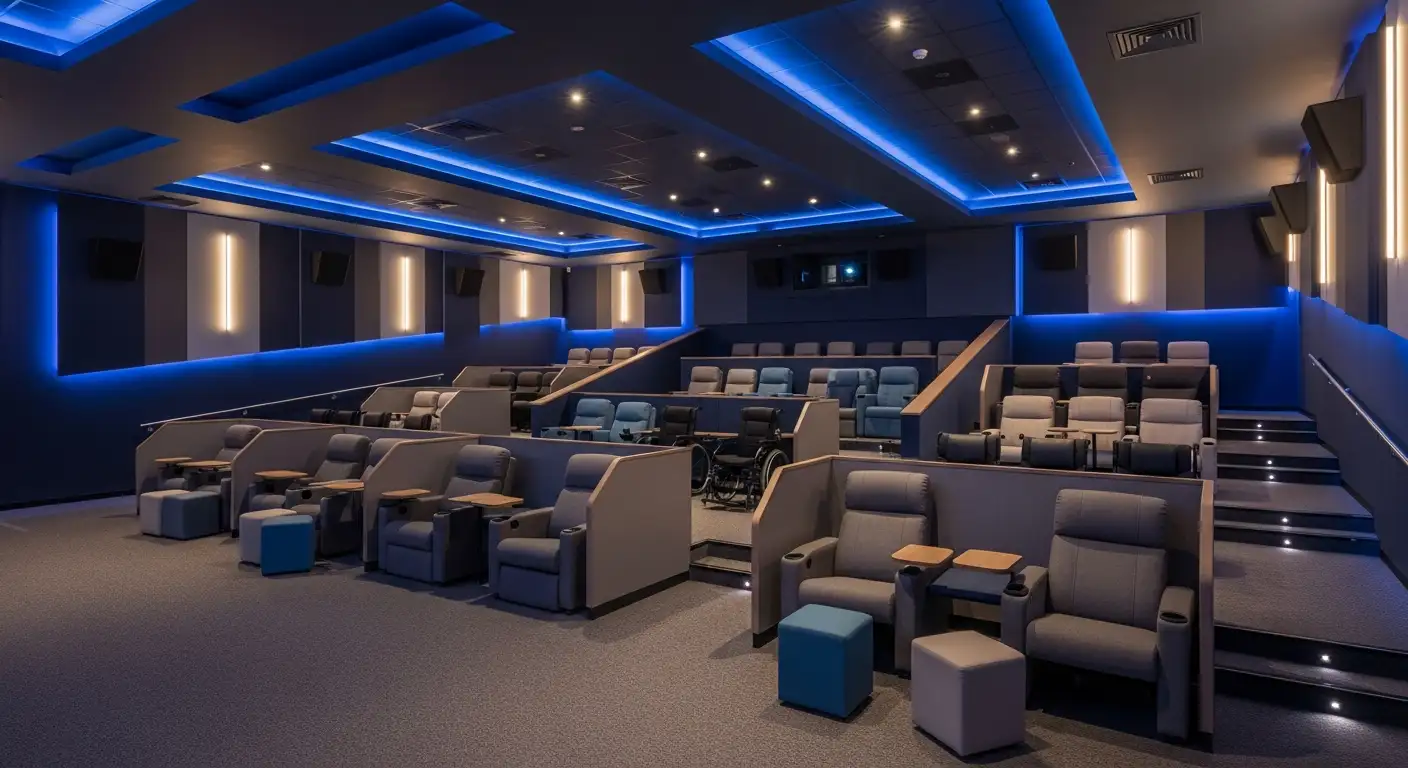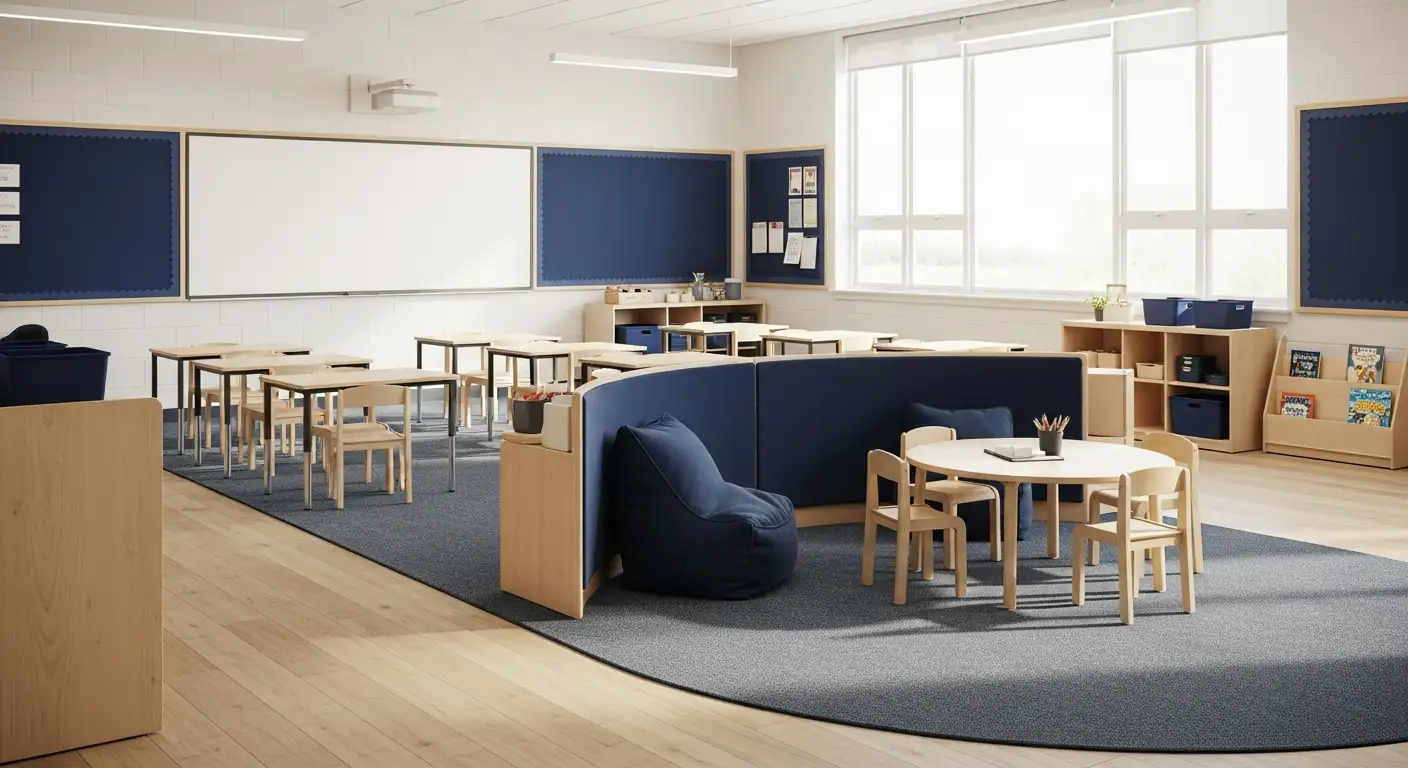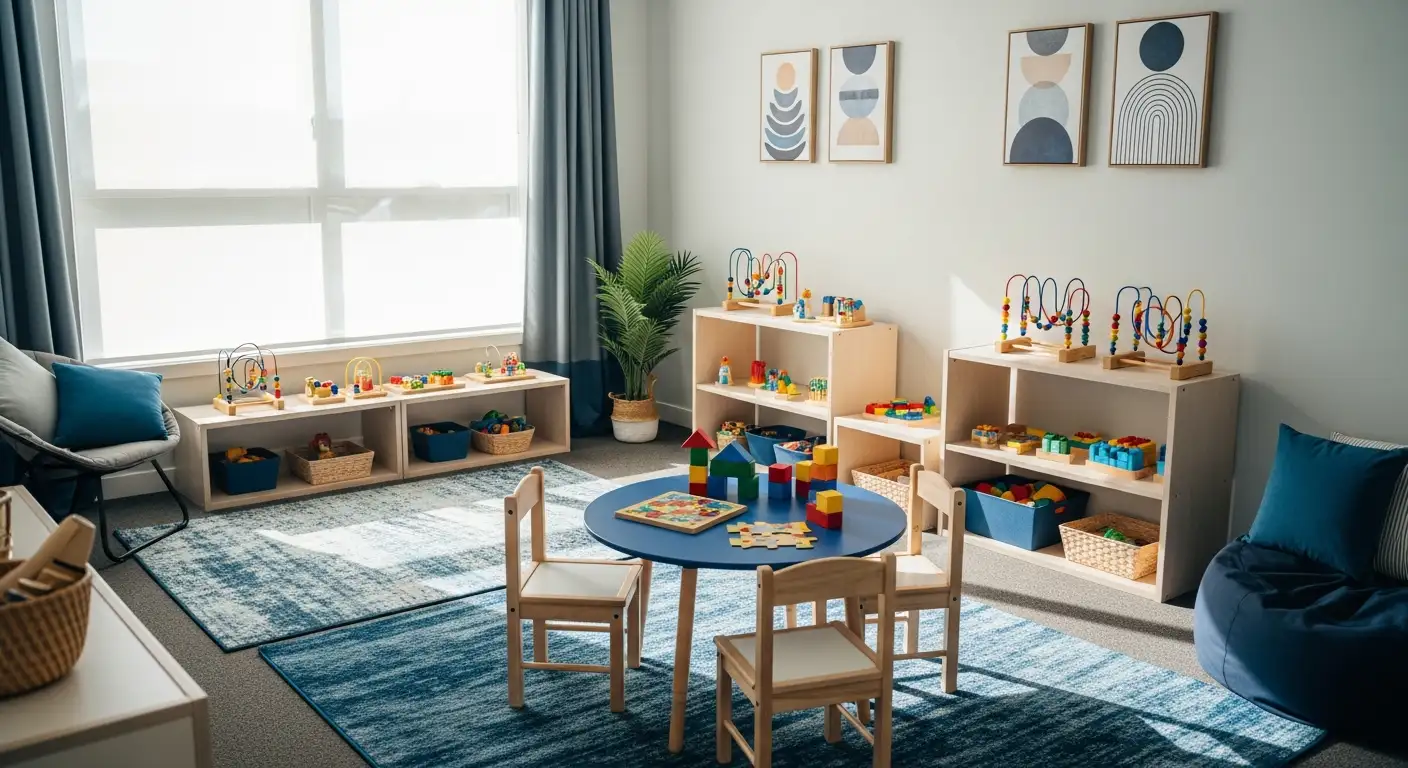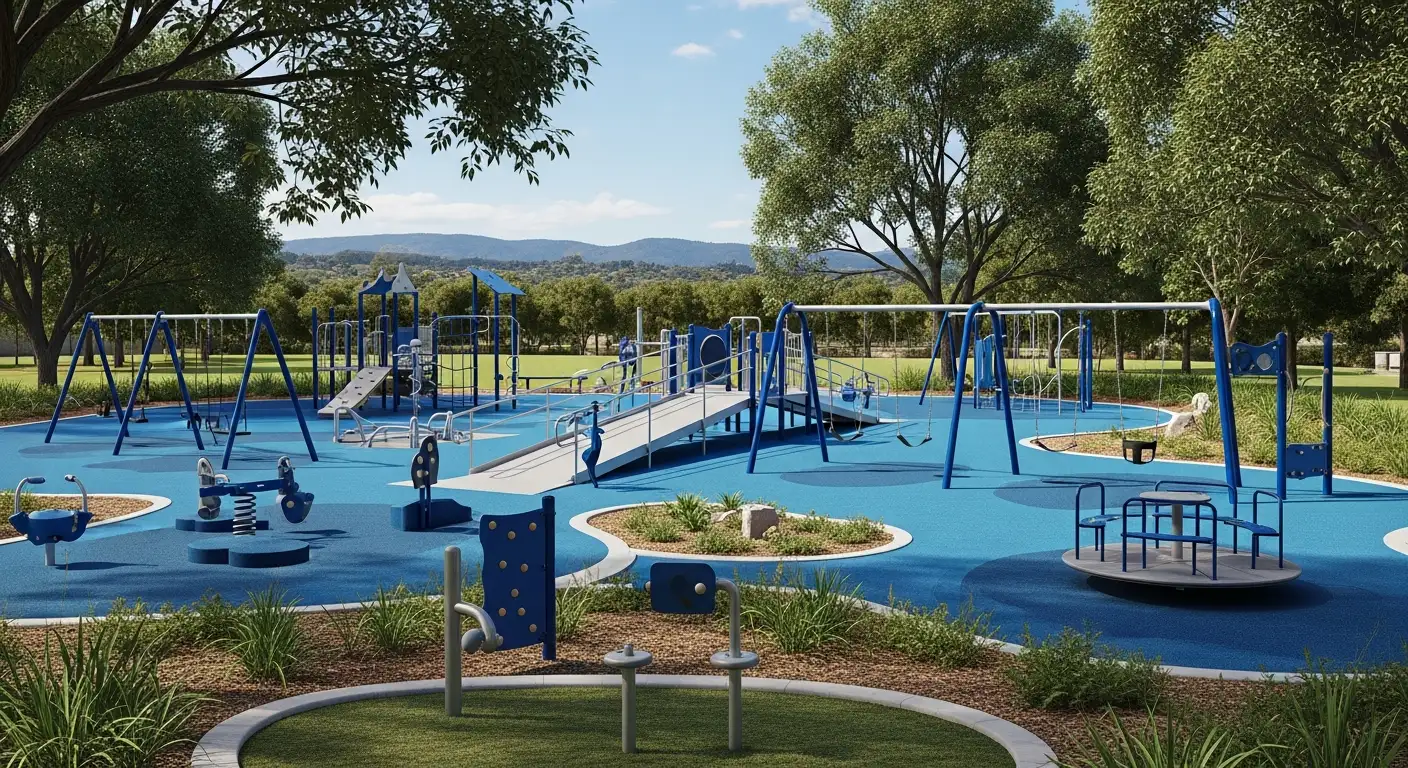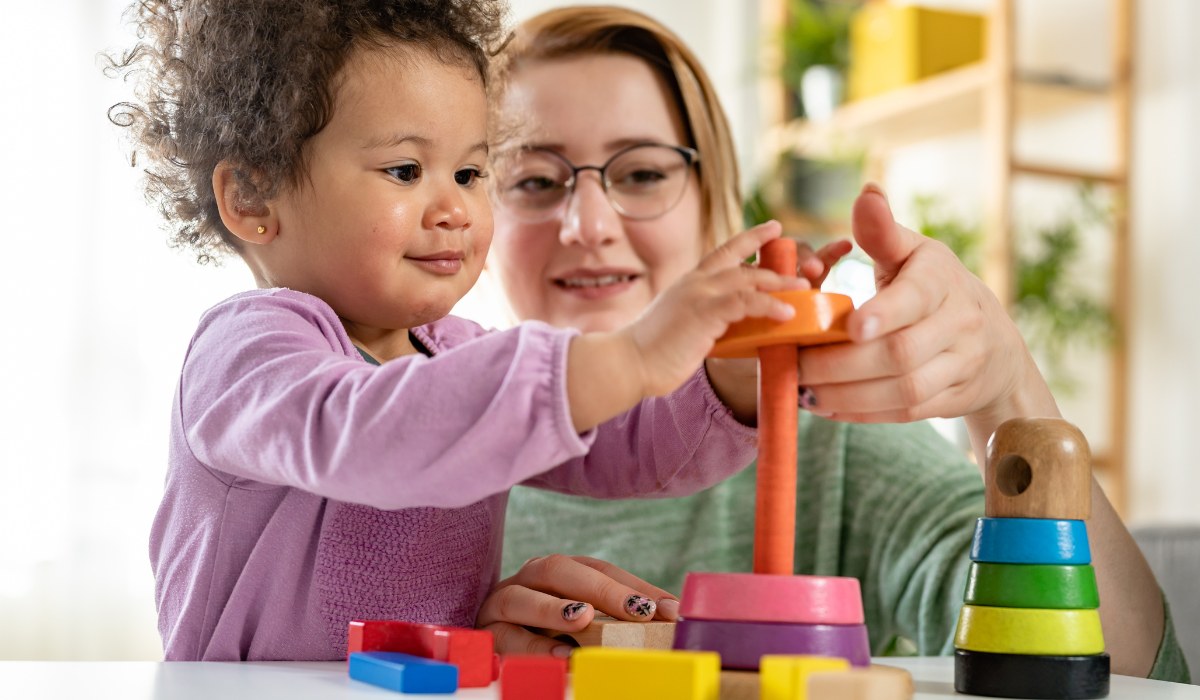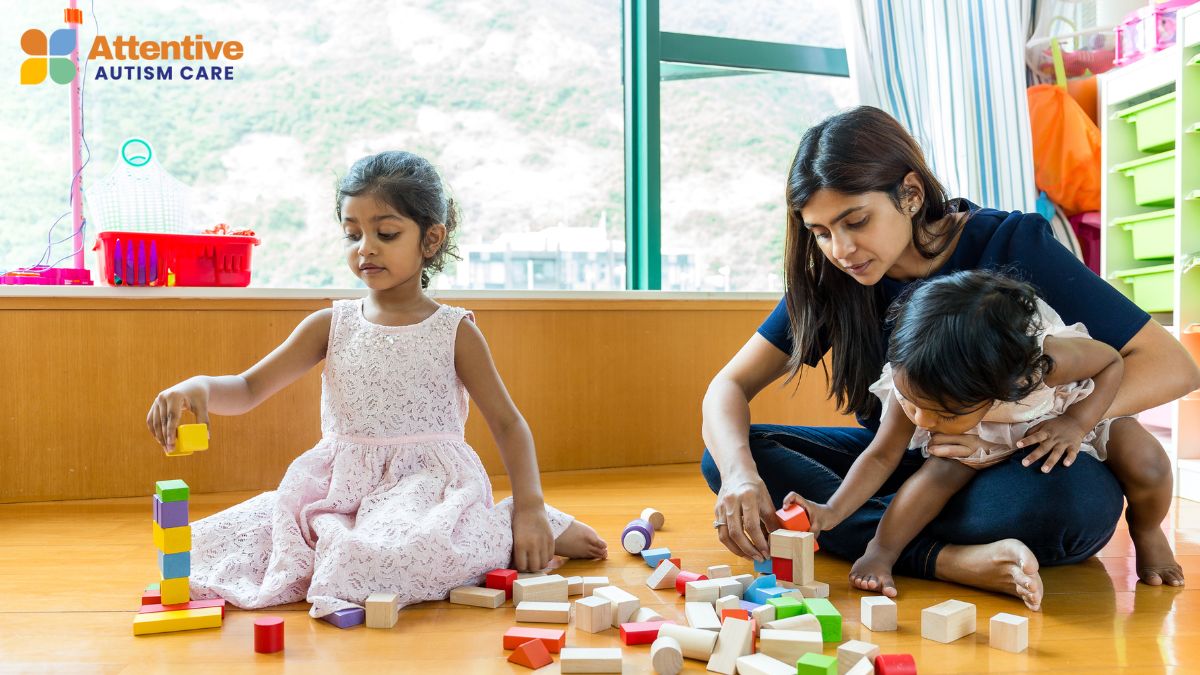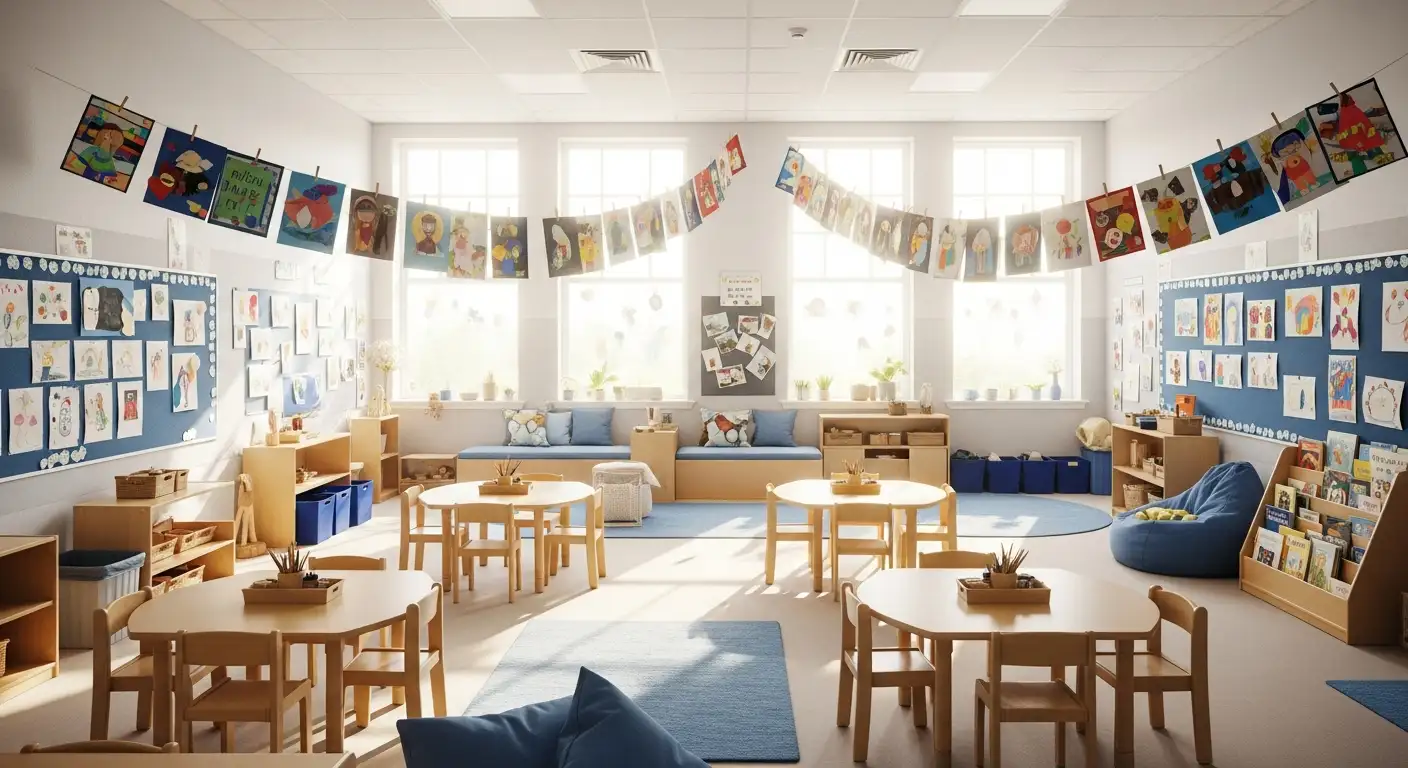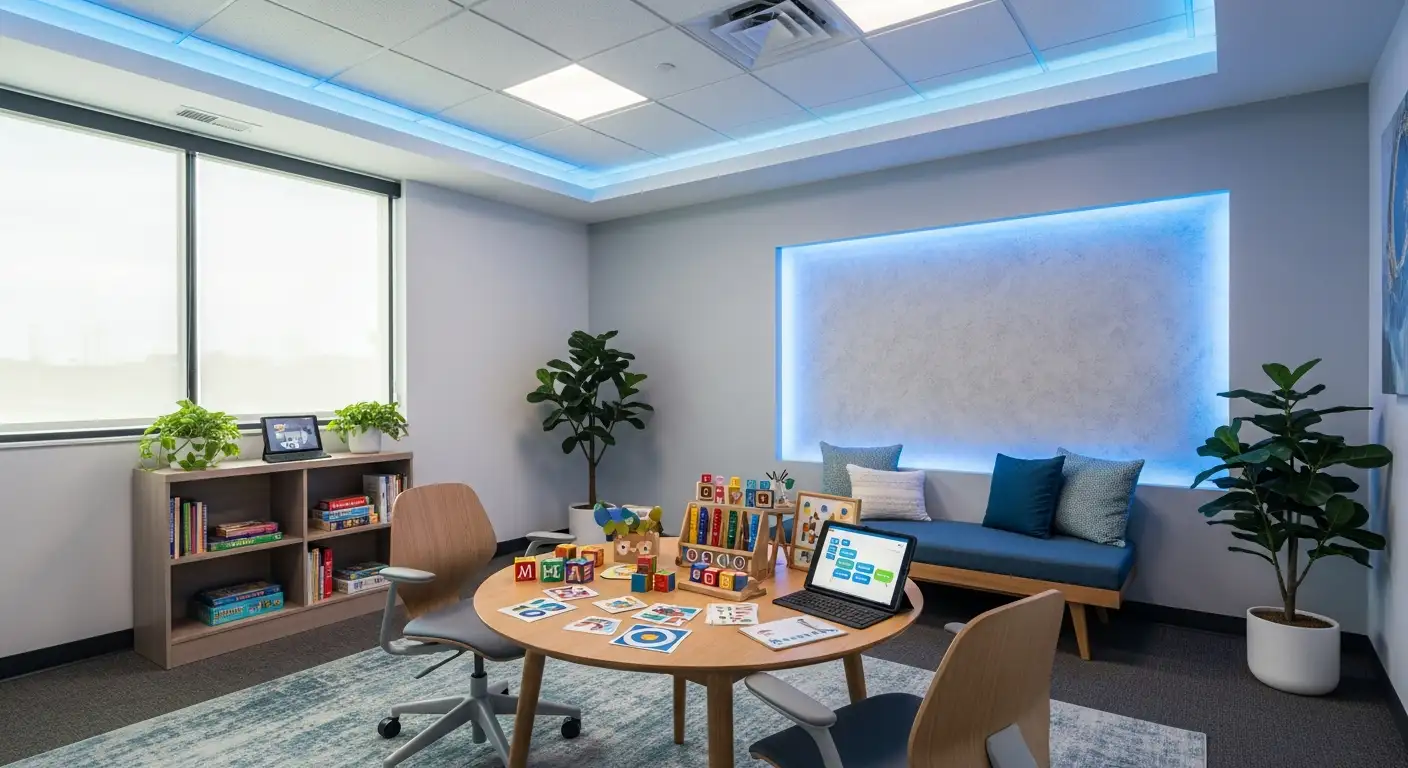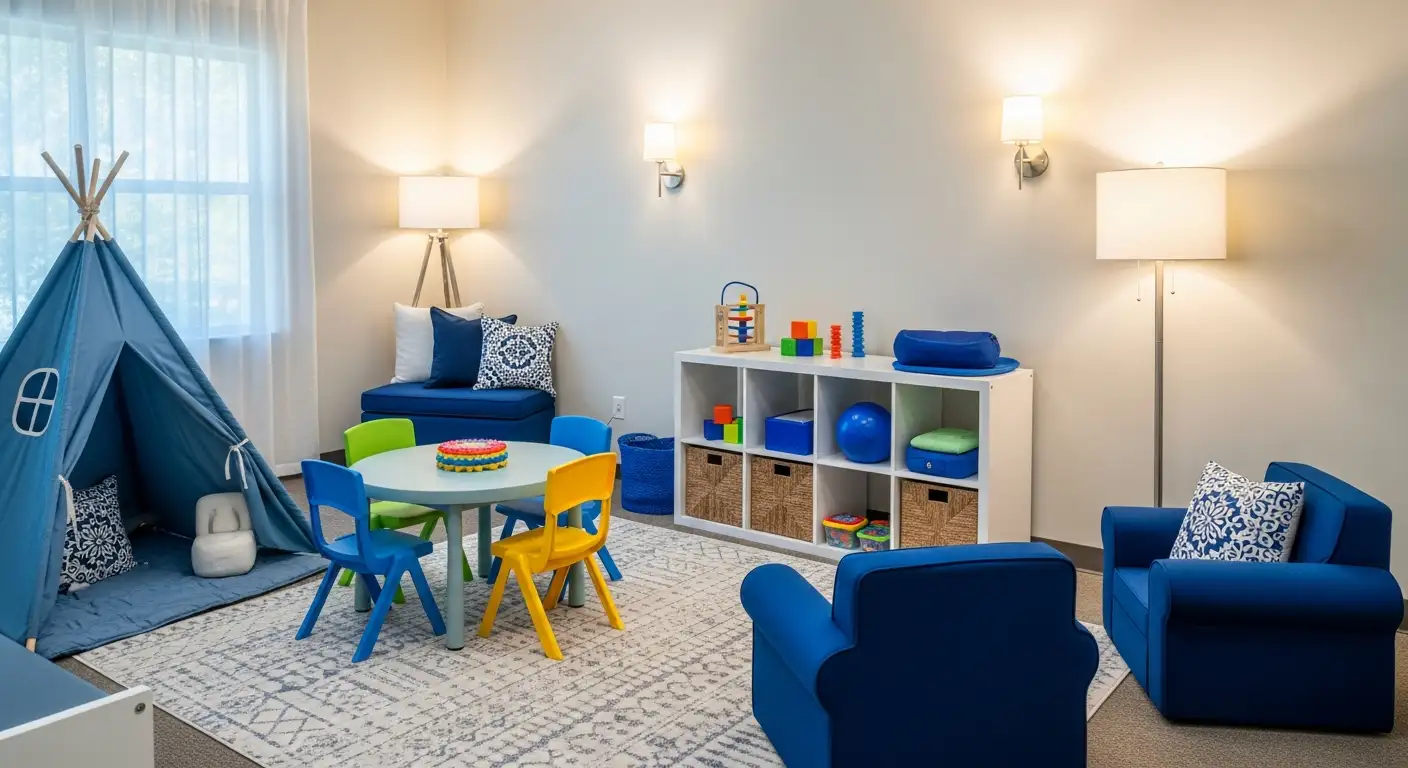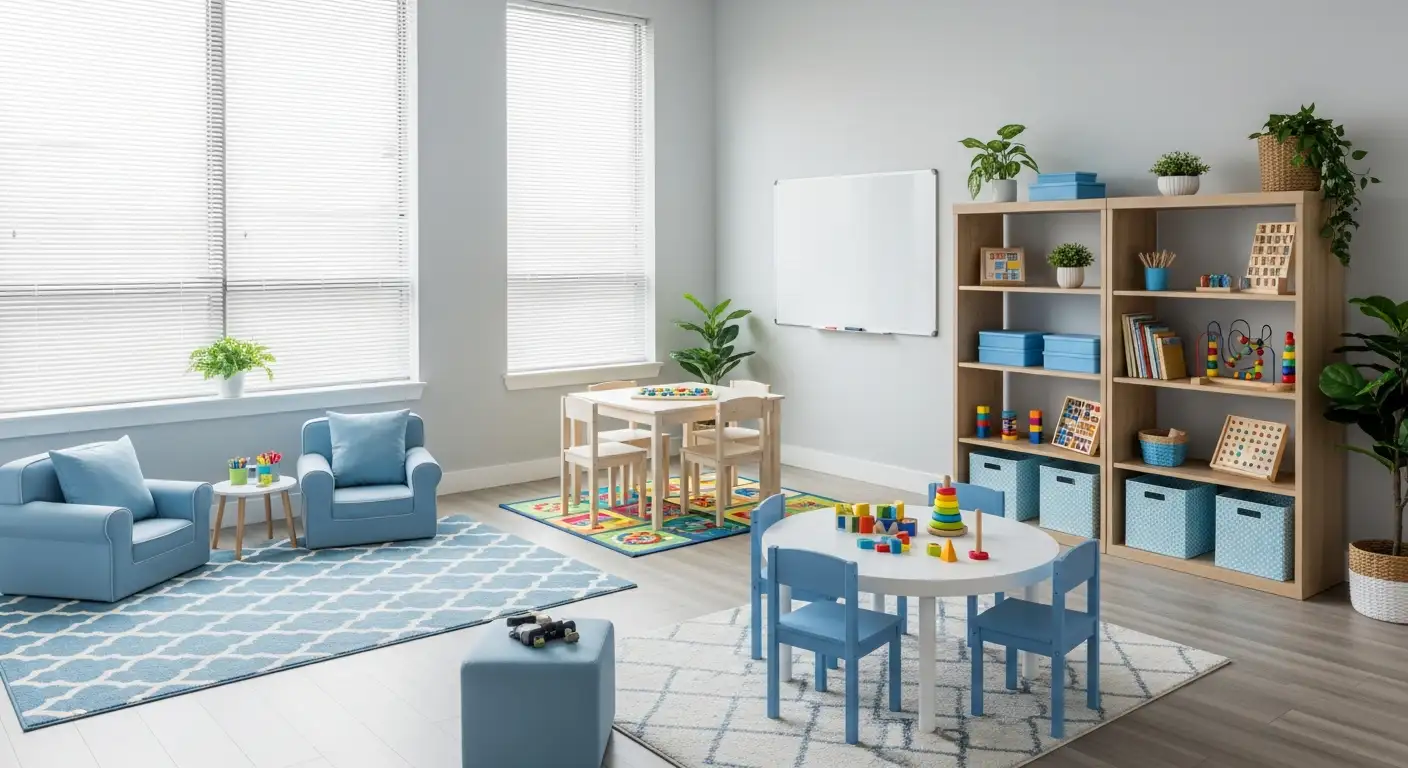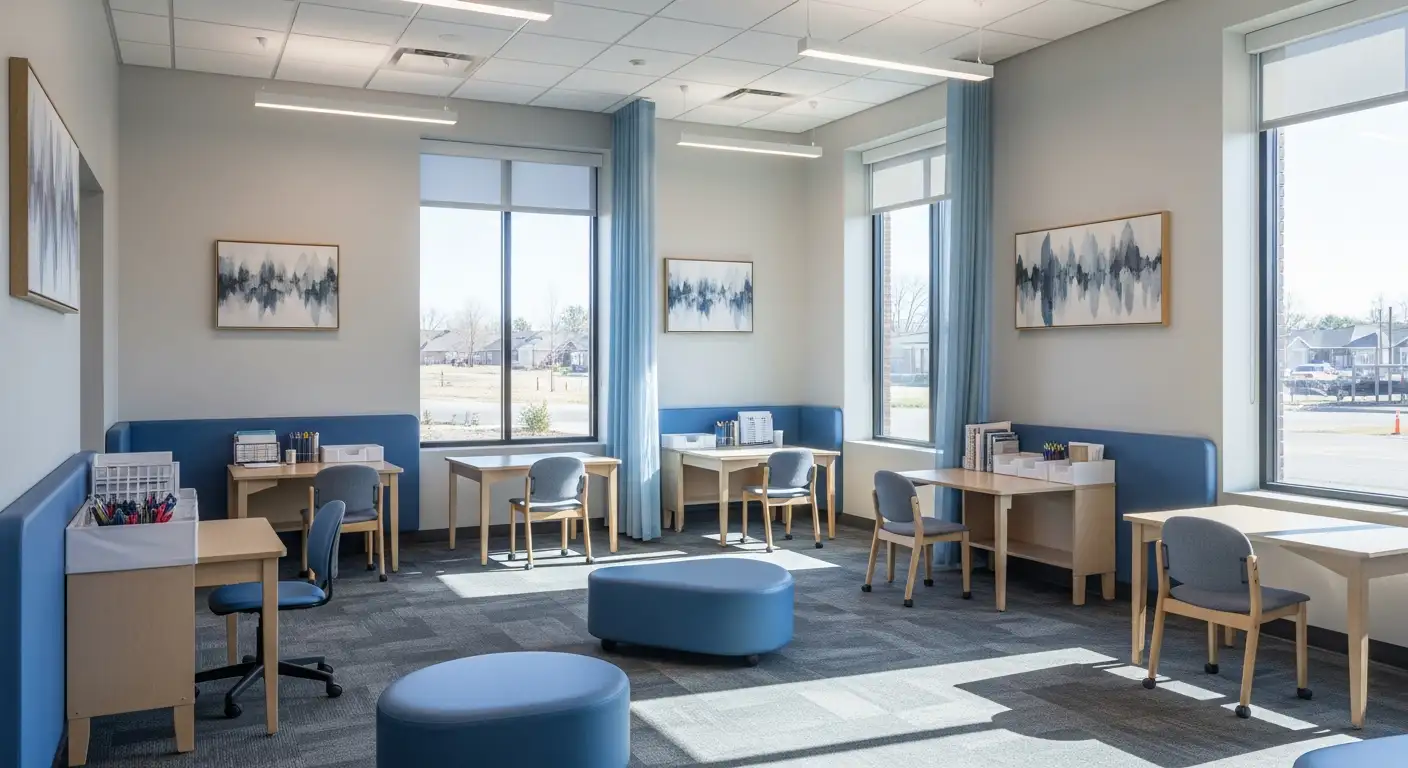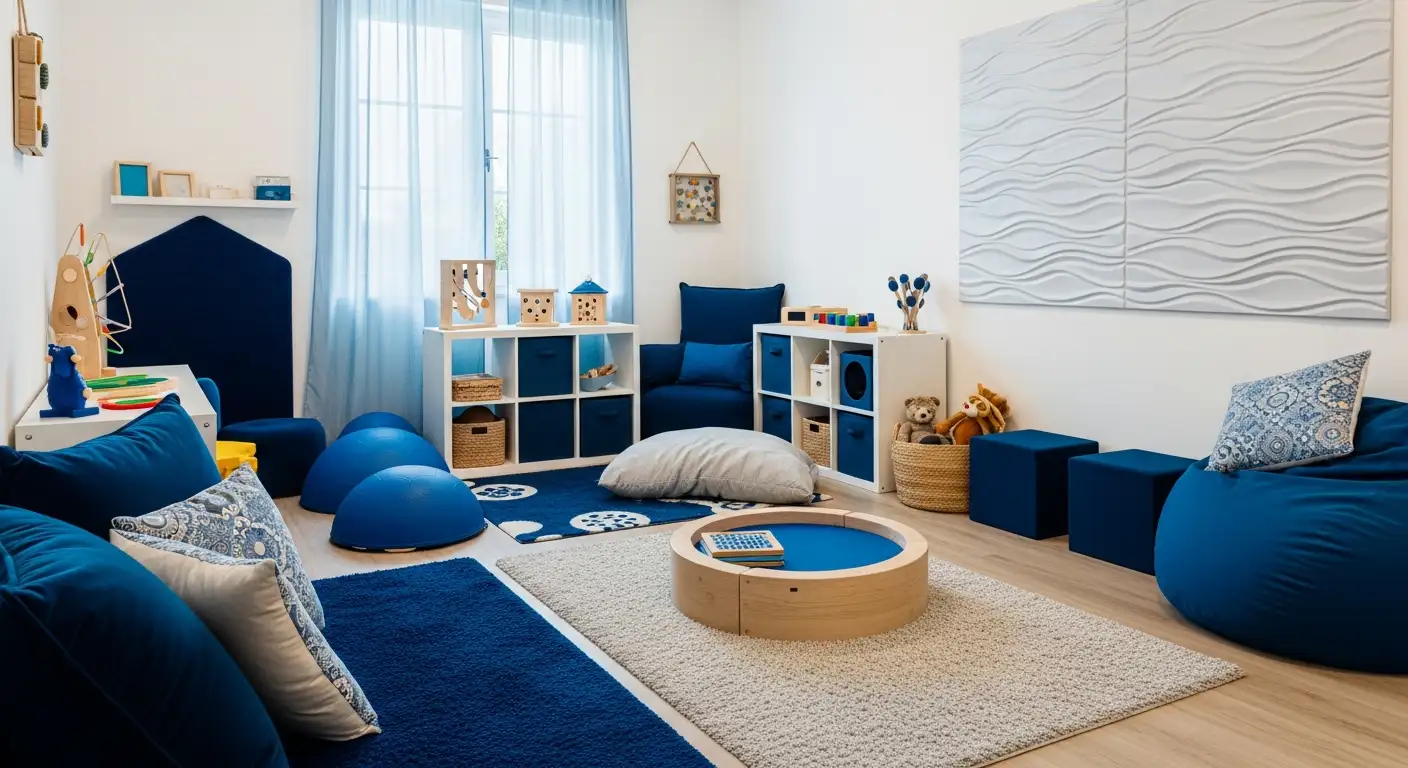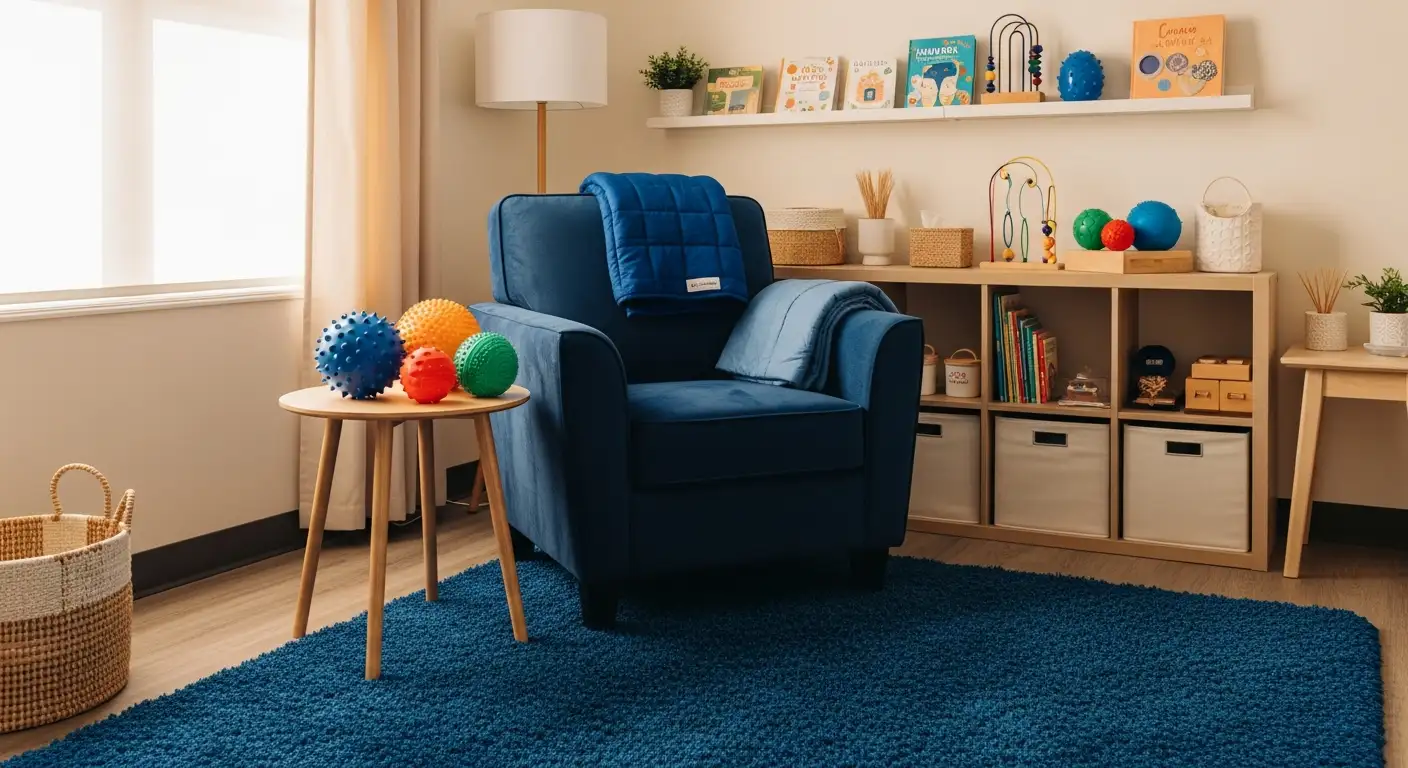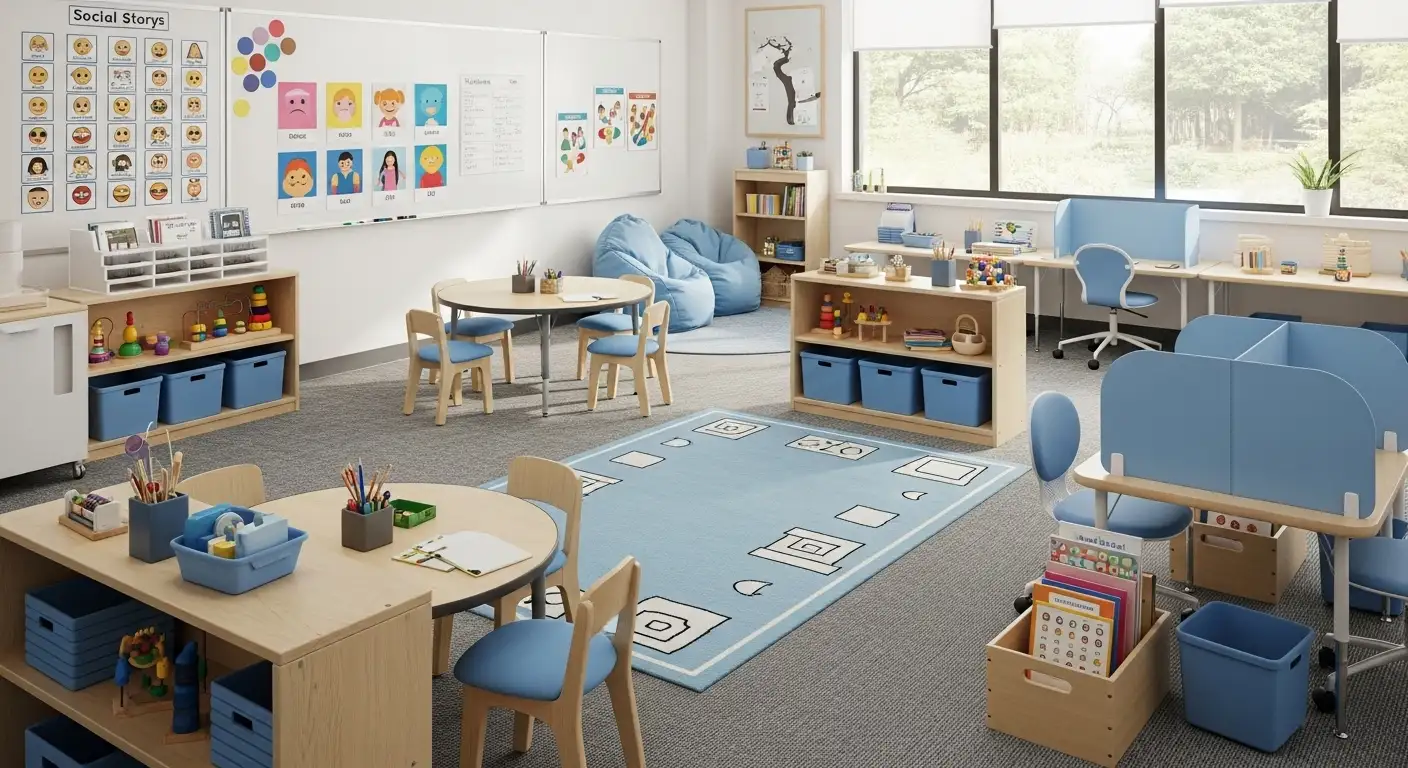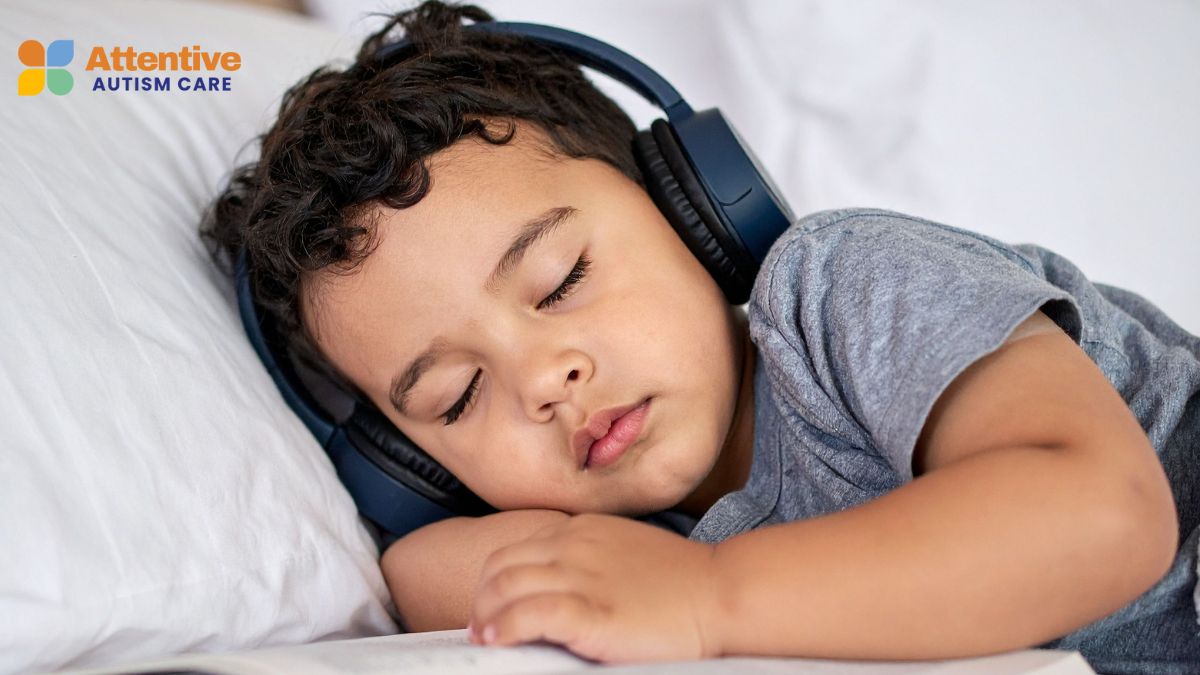How to Know If It’s Autism or a Speech Delay in Your Child
Learn the differences between speech delay and autism, and understand the signs, causes, and effects of each.

Key Points:
- Speech delay and autism can look similar at first, but they involve different developmental patterns and behaviors.
- Children with speech delays often show strong social interest, while children with autism may show limited eye contact or difficulty with joint attention.
- Early evaluation and intervention are key to understanding your child’s needs and supporting their development.
Many parents begin to worry when their toddler isn’t talking as expected. In some cases, it’s simply a delay in expressive language that improves with time or speech therapy.
In other cases, it might be a sign of a broader developmental condition, such as autism spectrum disorder (ASD). Understanding the differences between speech delay vs. autism can help parents know when and how to seek further evaluation.
According to research, most toddlers can say several single words by 18 months and begin combining two words by age 2. If a child isn’t meeting these benchmarks, it's important to dig deeper, especially if there are also signs of social withdrawal, rigid behaviors, or trouble with eye contact.
What is the Difference Between Speech Delay vs. Autism?
Speech delay and autism are different conditions. While both may involve limited verbal communication, speech delay typically affects only the development of spoken language, while autism includes broader differences in social interaction, communication styles, and behavior patterns.
Speech delay alone does not usually involve challenges with social connection or repetitive behaviors. Autism spectrum disorder, on the other hand, affects multiple areas of development, including speech, nonverbal communication, play, sensory processing, and flexibility with routines.
How Does a Speech Delay Present?
Speech delay refers specifically to the delayed development of spoken language. Children may understand language well but struggle to express themselves verbally. In cases of isolated speech delay, other developmental areas—such as cognitive skills, social awareness, and emotional connection—usually progress as expected.
Children with speech delays might:
- Use fewer words than peers
- Struggle with forming sentences
- Mispronounce or omit sounds
However, these children usually make good eye contact, respond to their name, engage in pretend play, and express interest in social interactions, even if their speech is limited.
How Does Autism Affect Communication?
Autism spectrum disorder often involves both speech and social communication challenges. Unlike isolated speech delay, autism typically affects how and why children communicate, not just their ability to speak.
In addition to delayed or absent speech, autism may involve:
- Limited gestures (like pointing or waving)
- A lack of shared attention (e.g., not pointing to show interest)
- Echolalia (repeating words or phrases without understanding)
Some children with autism may speak in full sentences but still struggle with conversational turn-taking or using language appropriately in social situations. Others may be nonverbal and rely on alternative forms of communication like AAC devices or picture boards.
What are the Key Differences Between Speech Delay and Autism?
While both speech delay and autism can involve limited verbal expression, their root causes and accompanying behaviors are quite different. Below are some key distinctions to help tell them apart:
1. Social Interaction
Children with speech delay often show typical interest in others, while children with autism may avoid eye contact, struggle with joint attention, or seem uninterested in social engagement and peer connection.
2. Play Skills
A child with speech delay typically engages in imaginative or pretend play. In contrast, children with autism may prefer repetitive play, line up toys, or show limited interest in symbolic or social play.
3. Gestures and Nonverbal Communication
Children with speech delays usually use gestures like pointing or waving to communicate. Children with autism may have fewer nonverbal cues or may not use them meaningfully to share attention or needs.
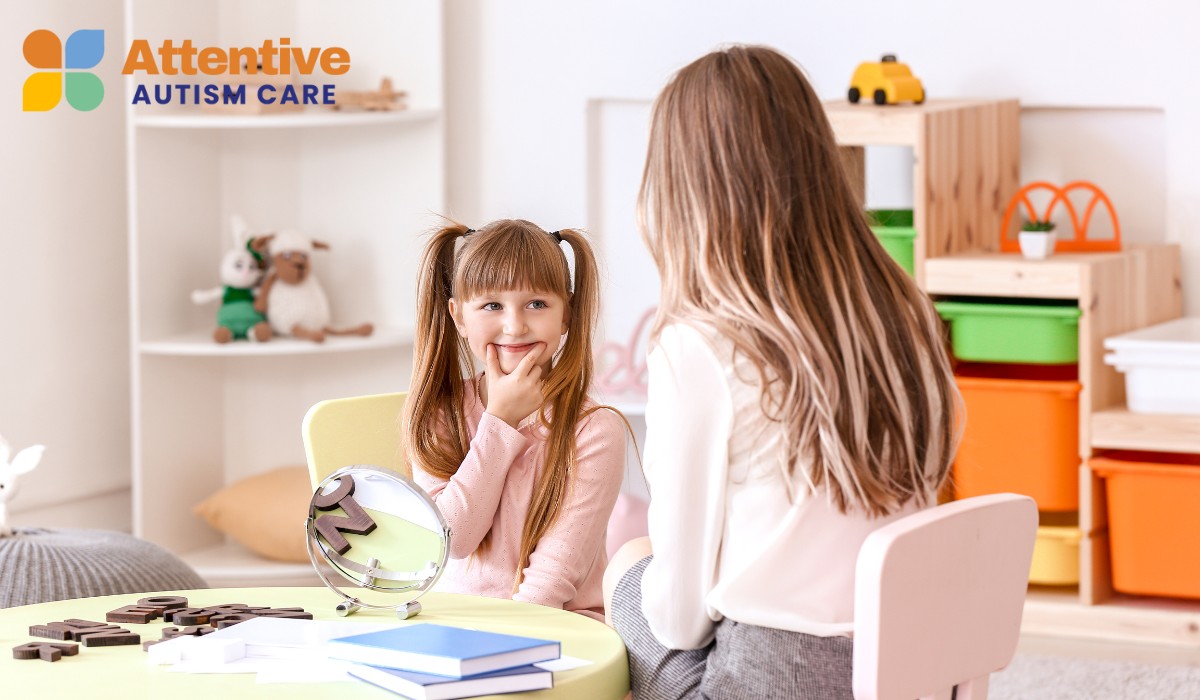
4. Imitation and Engagement
Speech-delayed children often copy actions and sounds, showing social responsiveness. Children with autism may have limited imitation skills and might not respond to their name or engage in back-and-forth interactions.
5. Behavior Patterns
Autism may involve restricted interests, sensory sensitivities, or repetitive behaviors like hand-flapping. These behaviors are not typically seen in children with a simple speech delay and can signal broader developmental concerns.
Understanding these differences can help parents and caregivers know when further evaluation is necessary. It’s also important to remember that a child can have both a speech delay and autism, which is why comprehensive assessments are so valuable.
When Should Parents Seek an Evaluation?
It’s natural for parents to hope that their child will “grow out of it,” especially if they’re delayed in talking but otherwise happy. However, early signs of autism can be subtle and easily mistaken for typical speech delay.
Seek an evaluation if your child:
- Isn’t speaking by 16 months
- Doesn’t use gestures to communicate
- Doesn’t respond to their name by 12 months
Your pediatrician may recommend a developmental screening tool like the M-CHAT-R for toddlers, followed by a referral to a specialist such as a developmental pediatrician, psychologist, or speech-language pathologist.
Can a Child Have Both Speech Delay and Autism?
Yes, it is possible—and common—for a child to have both speech delay and autism. In fact, speech delay is often one of the first signs that leads parents to seek help, only to later discover an autism diagnosis.
In these cases, children may benefit from a combination of therapies, including:
- Speech-language therapy to support verbal communication
- ABA therapy to address social interaction, behavior, and daily living skills
- Occupational therapy to support sensory regulation or fine motor skills
Recognizing co-occurring needs ensures the child gets holistic support, rather than focusing only on speech development.
How Can Parents Support Language and Social Development at Home?
While professional intervention is essential, parents also play a powerful role in their child’s development. Whether the concern is speech delay or autism, certain strategies can foster connection and communication.
Here are some home-based strategies to try:
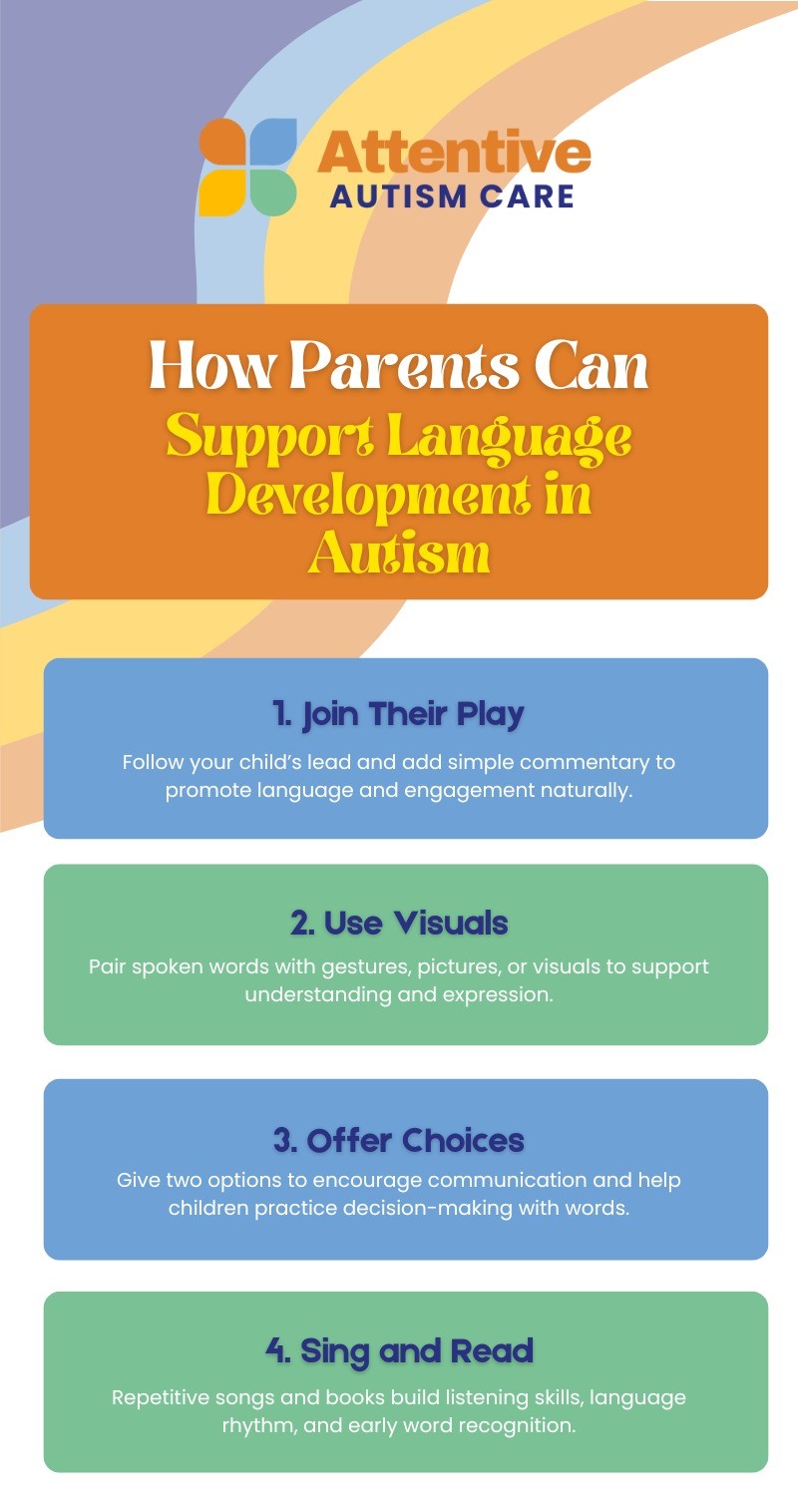
These practices create a language-rich environment and can help children become more confident communicators, regardless of diagnosis.
Turn Everyday Moments Into Learning With ABA Therapy
At Attentive Autism Care, we specialize in helping families navigate the differences between speech delays, autism, and co-occurring challenges.
Our ABA therapy in Utah, Colorado, North Carolina, Maryland, New Mexico, and Nebraska is designed to support your child’s unique developmental profile and help them build essential communication and life skills.
Get in touch with us to learn how our individualized ABA therapy can support your child’s growth, no matter where they are on their developmental journey.



